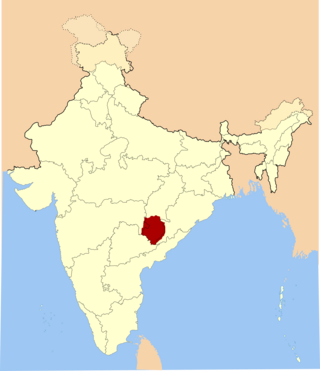Top Qs
Timeline
Chat
Perspective
Halbi language
Indo-Aryan language spoken in India From Wikipedia, the free encyclopedia
Remove ads
Halbi (also Bastari, Halba, Halvas, Halabi, Halvi) is an Eastern Indo-Aryan language, transitional between Odia and Marathi.[2] It is spoken by at least 766,297 people across the central part of India.
The Mehari (or Mahari) dialect is mutually intelligible with the other dialects only with difficulty. There are an estimated 200,000 second-language speakers (as of 2001). In Chhattisgarh educated people are fluent in Hindi. Some first language speakers use Bhatri as a second language.
Halbi is often used as a trade language, but there is a low literacy rate. It is written in the Odia and Devanagari scripts.[citation needed] It uses SOV word order (subject-object-verb), makes strong use of affixes, and places adjectives before nouns.
Remove ads
Phonology
Vowels
Halbi has 6 vowels: /i, e, ə, a, o, u/. All vowels show contrastive vowel nasalization.[3]
Consonants
- /n/ is heard as a palatal [ɲ] when preceding palatal affricates, and as retroflex [ɳ] when before retroflex stops.
- Voiced retroflex stops /ɖ, ɖʱ/ are heard as retroflex flaps [ɽ, ɽʱ] when in word-medial positions.
Remove ads
References
Wikiwand - on
Seamless Wikipedia browsing. On steroids.
Remove ads

